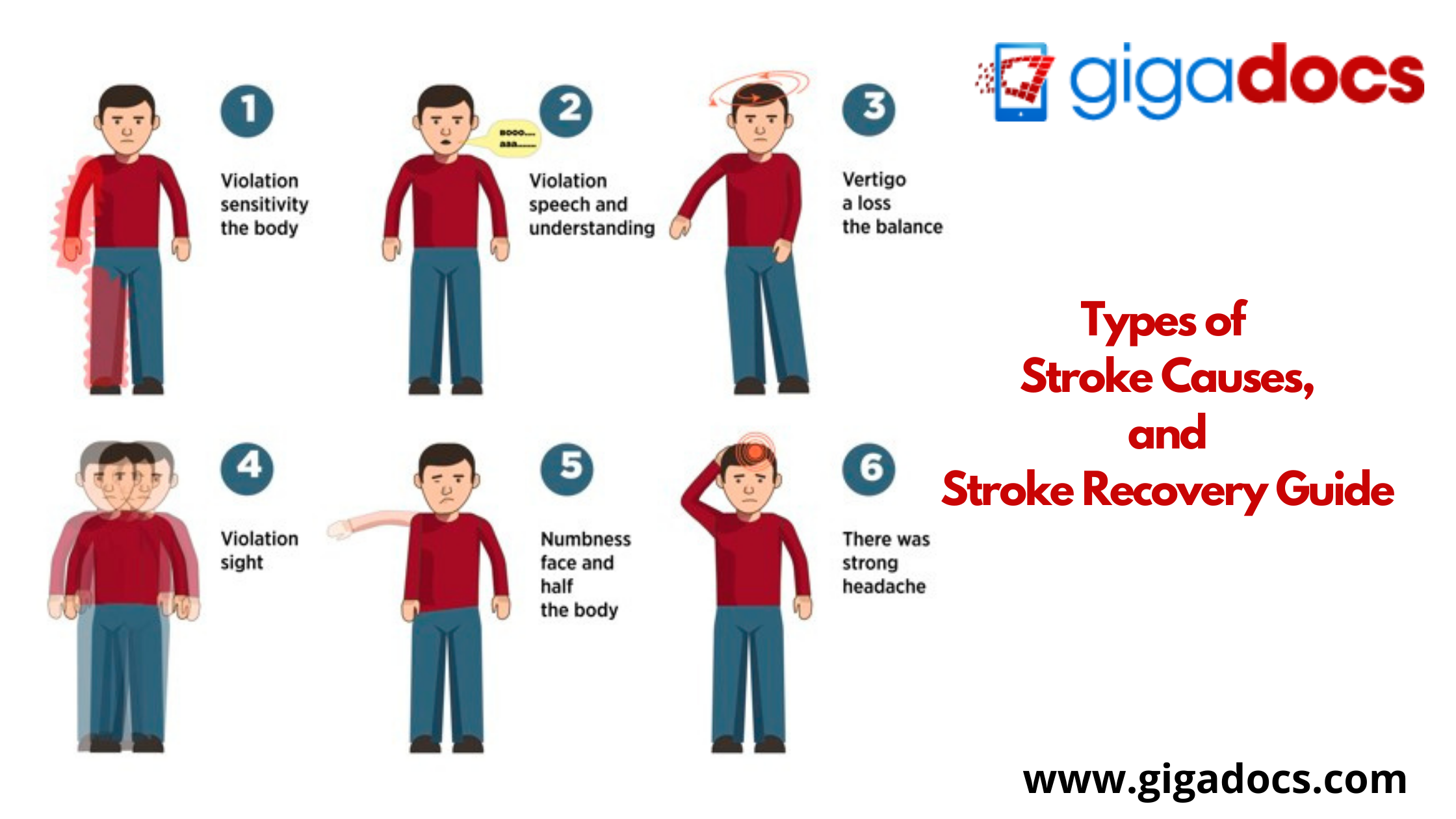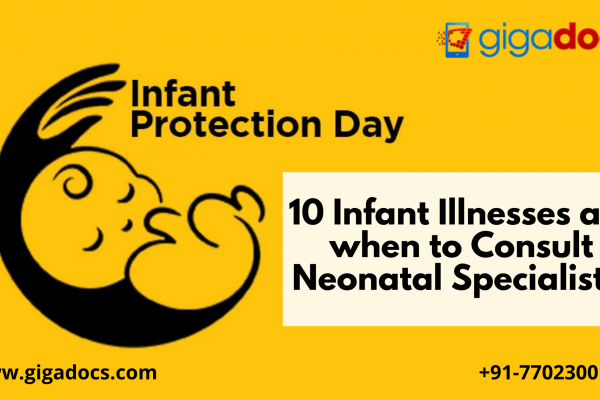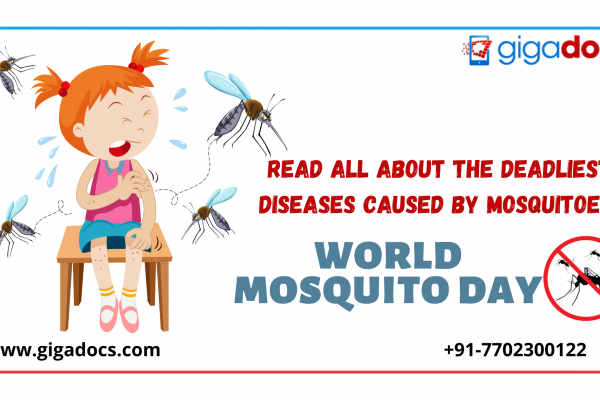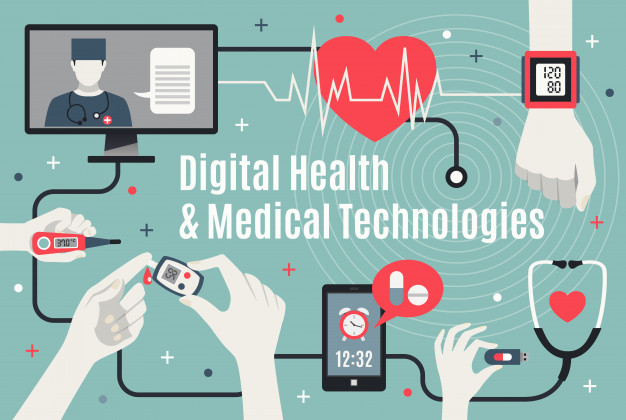Stroke is one of the most dangerous conditions that can affect people of any age, at any time. Research estimates suggest that one in four adults will have a stroke in their lifetime, the number increases with comorbidity patients whose brain cells die very quickly with a stroke attack.
A stroke is extremely because many of the body’s vital “life-support” like the heartbeat, blood pressure, and breathing are controlled by the brainstem. Most Strokes start with an interruption or reduction in the blood supply to the brain. Stroke deprives the brain tissue of obtaining the necessary nutrients and oxygen supply and may lead to a permanent/ temporary paralysis, coma, and eventual death.
Categories and Types of Stroke
A stroke is a serious medical emergency. A stroke is a medical emergency that demands urgent medical attention. Most of the serious implications of Stroke like the extent of brain damage can be prevented with prompt medical attention which is crucial to early recovery. Stroke is categorized into-
- Ischemic Stroke- The most common form of stroke, about 87% of strokes are ischemic. The cause of an Ischemic stroke is defined when the artery which supplies oxygen-rich blood supply gets blocked
- Hemorrhagic stroke- High blood pressure or hypertension is a leading cause of Haemorrhagic stroke around the world. This stroke happens when there is a leak/ breakage in the artery which leads to the brain. This breakage causes a lot of thrust on the brain cells leading to their damage. Haemorrhagic Stroke is categorized into two types which include, Intracerebral hemorrhage and Subarachnoid hemorrhage.
- Transient ischemic stroke (TIA /mini-stroke) – Transient ischemic stroke or a mini-stroke like its name suggests is a short duration stroke whose effects are just seen for 24 hours. It is caused when part of the brain temporarily lacks blood flow. Mini stroke also called a transient ischemic attack (TIA) does not lead to permanent disability. However, understanding the common signs and symptoms of a mini stroke like language disorders, balancing issues, dizziness, severe headaches accompanied by passing out can help a patient get the best treatment as early as possible. TIA can lead to a full-blown stroke among one in three people in the later stages.
Stroke in the Cerebellum
The cerebellum located behind in our skull receives sensory information through the spinal cord. The cerebellum is one of the most vital organs that help the body in muscle coordination and balance maintenance. Though strokes are less common in the cerebellum, the effects can be severe like the inability to walk, difficulty with dexterity coordination (ataxia), headache, nausea, vomiting, and so on.
Stroke Causes
- High blood pressure/ Hypertension- One of the biggest causes of stroke. Watch out if your blood pressure is typically higher than 140/90.
- Tobacco- Nicotine inhaled with smoking/ chewing tobacco makes your blood pressure shoot up. Cigarette smoke leads to tar build up in the neck artery, which thickens your blood and makes it open to clot. Not only chain-smoking, but even second-hand smoke can also have a bad effect.
- Heart disease- Cardiovascular disease is the leading cause of stroke among the elderly. Conditions like irregular heartbeat, fatty cholesterol accumulation may clog arteries in the long run causing weight gain, diabetes, hypertension, and stroke.
- Diabetes- Those who have hypertension are more likely to be overweight. Diabetes and Hypertension multiples the conditions of stoke manifold. Diabetes damages blood vessels making them more stroke-prone. Stroke accompanied by high blood sugar levels intensifies the chances of brain injuries.
- Medications- Certain medications like blood-thinning medicines can increase your chances of stroke. These medications include blood-thinning drugs, prescribed to prevent blood clots, may cause stroke due to internal bleeding.
- Age- Although stroke may affect people of any age, the elderly above the age of 55 are more like to suffer from a stroke.
- High cholesterol levels- High-LDL (low-density lipoprotein) or the bad cholesterol chokes the blood vessels and forms a plaque that builds up in the arteries. It is good to reduce the number of saturated fats and trans-fat food in the diet to control high HDL levels.
- Sleep Apnea- Lack of sleep can cause a first time or recurrent stroke. Sleep apnea leads to hypertension and low oxygen levels all of which drastically increase the risk of a future stroke.
- Cancer- Cancer has a two-way effect, stroke leads to disability among cancer patients while cancer treatments like chemotherapy, radiotherapy, and surgery increase the probability of stroke manifold.
- Use of birth control pills- The estrogen-containing contraceptive pills when used by women who are above 35 years and smoke increases their chances of contracting a stroke, hypertension, and other lifestyle diseases.
- Family- Strokes can be hereditary, which means they can run in families. You and your siblings may have a high chance to contract hypertension/diabetes which is observed in your parents and other elderly relatives.
- Gender- Stroke affects more men than women, however, women if are attacked by stroke are less likely to recover and may develop permanent paralysis or disability.
World Stroke Day
Stroke kills over 6 million people the world over and is the second most leading cause of death. Current statistics suggest that the number of people who are expected to contract a stroke has increased over the years.
The World Stroke Day, observed on October 29th, seeks to emphasize the impact of stroke. This day is aimed to increase awareness about the high rates of stroke. The day is also observed to raise awareness about the prevention and treatment of stroke.
About 90% of strokes can be prevented when the risk factors are addressed, which include hypertension, diabetes, and other lifestyle diseases. The World Stroke Association aims to reduce the chances of stroke incidents in half by 2030.
Acting F.A.S.T. Is Key for Stroke
F.A.S.T. is a globally acknowledged help for stroke patients. Stroke treatments are lifesaving only if they are addressed, recognized, and diagnosed within three hours since the initial symptoms are observed. F.A.S.T is one of the easiest tests to detect a stroke. F.A.C.E corresponds to-
- F—Face: Does a person’s jaw drop when he/she is asked to smile?
- A-Arms: Does a person’s arm drift downward when asked to raise the arms? Arm drops / unsteady arms can be a warning sign of a stroke.
- S—Speech: Ask the person to repeat a phrase/ a sentence, strange speech, slurred, or slow speech which is tuff to understand is another sign of a stroke attack.
- T—Time: Time is a vital factor, for stroke prevention. If you see any of these signs call for medical help immediately.
Digital Healthcare with Gigadocs
Take timely action on life-threatening stroke. Quit smoking, change your diet, and have a watch on your vitals on Gigadocs.
- E-healthcare and Telehealth consultation on the Gigadocs practice management app lets you consult digital specialists for your kids, elderly, and friends.
- On the Gigadocs app, you can record your vitals like blood pressure, heart rate, temperature to later discuss live with your digital doctors on a virtual consultation.
- Gigadocs offers digital prescriptions, online appointment booking integrated into a user-friendly app.
For parents, Gigadocs has bought its Vaccination Schedule Chart to let them access the complete timeline about the next vaccination date of their children by their date of birth.
Download the Gigadocs app from-
- IOS App – apple.co/2W2iG4V
- Android App – bit.ly/33AQoRC
To know more and schedule a Virtual Consultation demo, e-mail, at info@gigadocs.com




